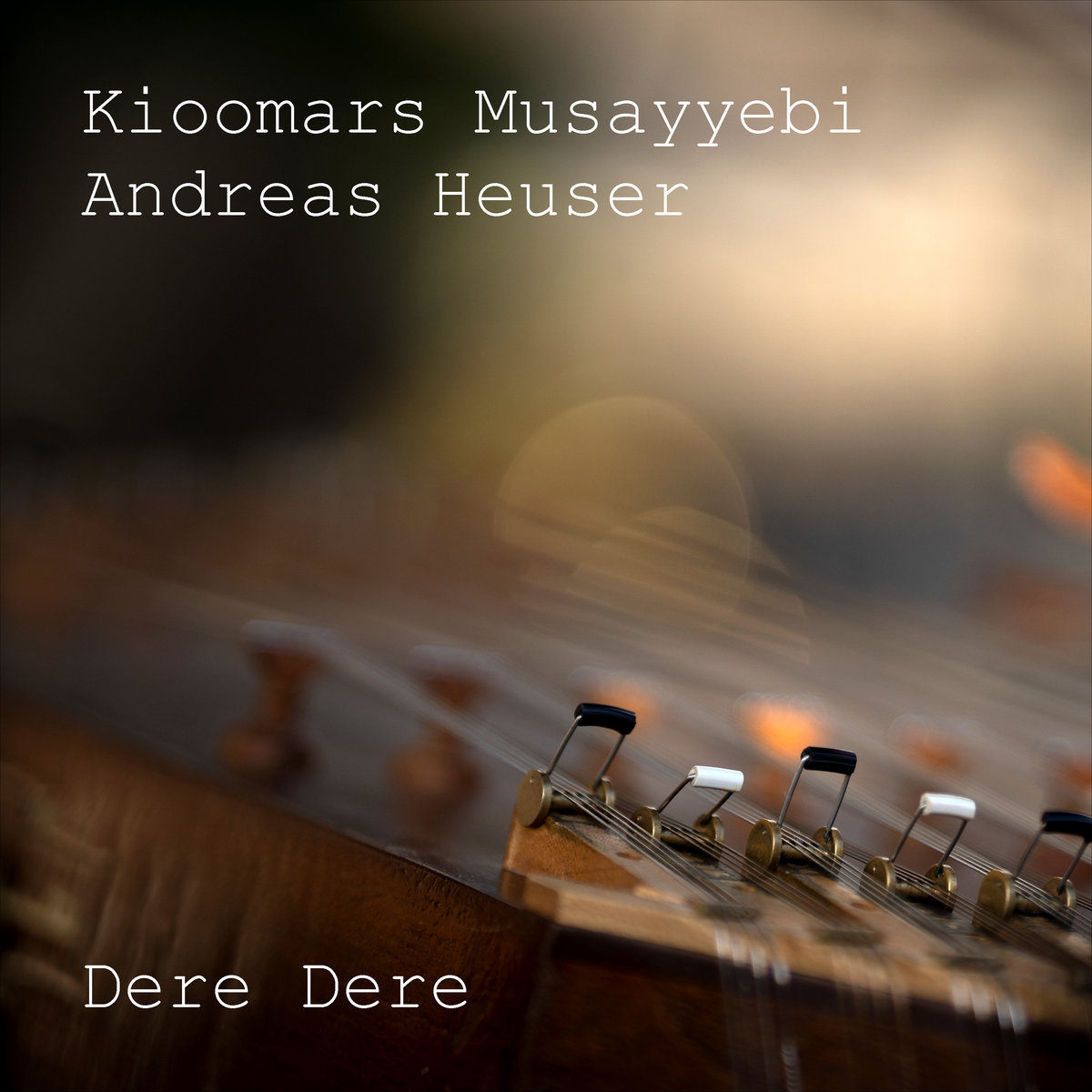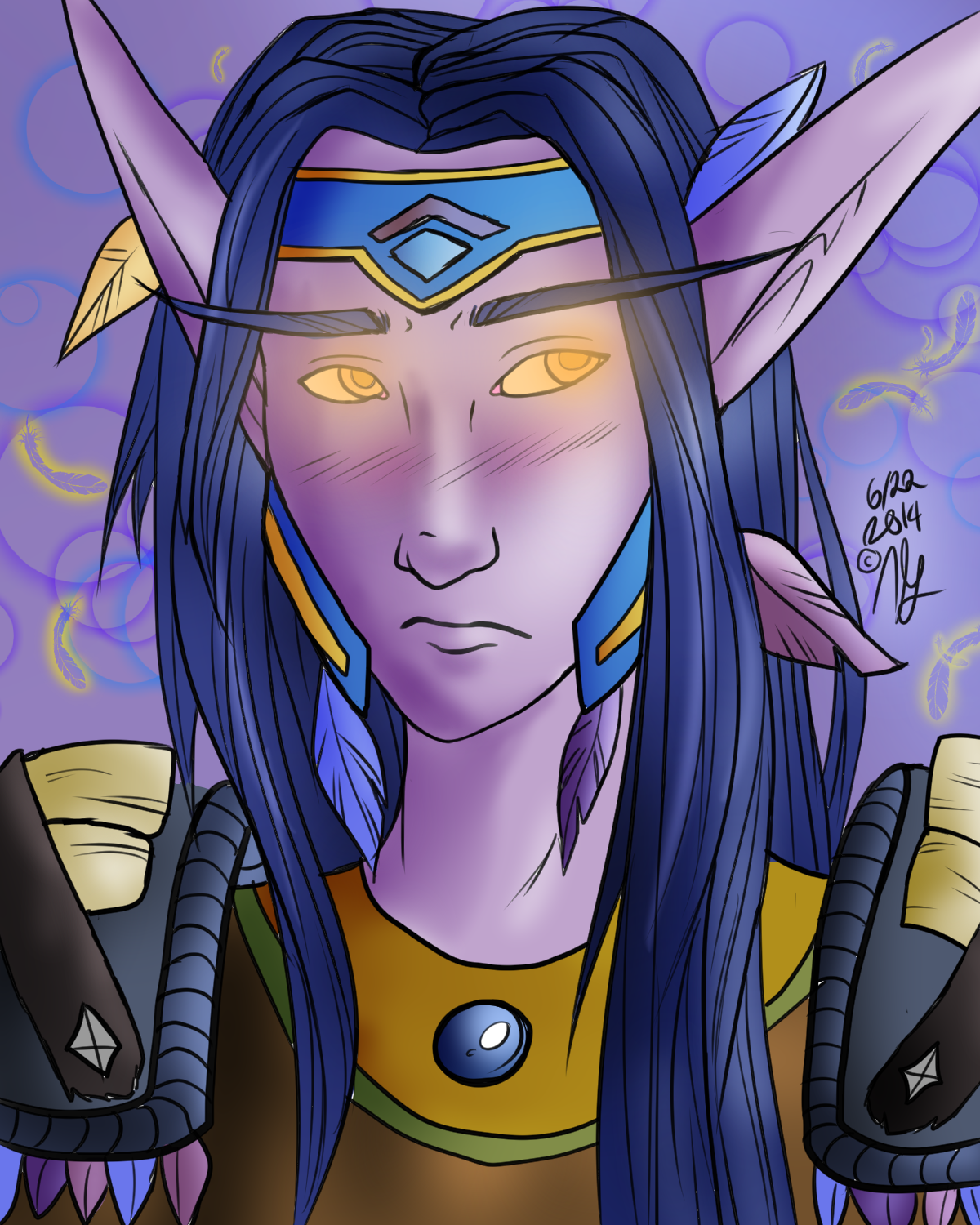Ever wondered what "dere dere" means and why it's such a big deal in Japanese pop culture? If you're diving into anime, manga, or Japanese entertainment, you've probably come across this term more than once. "Dere dere" isn't just a random phrase; it's a cornerstone of character dynamics and relationships. Let's break it down and explore its significance in a way that's easy to digest and super fun to learn!
Picture this: you're watching your favorite anime series, and suddenly one character switches from being all cold and distant to suddenly melting into a bundle of sweetness. That's where "dere dere" comes into play. It's the "sweet and affectionate" side of someone's personality, often contrasting with their "tsun tsun" or more aloof behavior. It's like a rollercoaster of emotions, but in the best way possible.
Now, why should you care about "dere dere"? Well, understanding this concept opens up a whole new world of Japanese culture, relationships, and storytelling. Whether you're an anime enthusiast, a language learner, or just someone curious about global expressions, "dere dere" is one of those terms that adds depth and nuance to character development. So, let's dive in and explore everything you need to know about this adorable phenomenon!
- How To Biwire Speakers A Comprehensive Guide For Audiophiles
- Luxmovies New Website Your Ultimate Movie Streaming Destination
What Exactly is Dere Dere?
At its core, "dere dere" refers to the affectionate, loving, and sometimes embarrassingly sweet side of a person's personality. In Japanese, "dere" is an onomatopoeic word that mimics the sound of someone being all gooey and cute. Think of it as the "aww" factor in human interactions. This term is often used in conjunction with "tsun tsun," which represents the opposite side of the spectrum—cold, distant, or even hostile behavior.
This dynamic duo, "tsun tsun" and "dere dere," forms the foundation of the "tsundere" archetype, a beloved trope in anime and manga. Characters who embody this archetype often struggle with their feelings, oscillating between icy indifference and heartfelt affection. It's a relatable and endearing portrayal of human emotions, making it a fan favorite across the globe.
Where Did Dere Dere Come From?
The origins of "dere dere" can be traced back to Japanese media, particularly in anime and manga from the late 20th century. As storytelling evolved, creators began experimenting with character personalities that were more complex and multi-dimensional. The "tsundere" archetype emerged as a way to showcase the internal conflict and growth of characters, resonating with audiences who appreciated depth over one-dimensional personalities.
- Hikaru Nagi About The Rising Star Of Anime And Voice Acting
- Hikaru Nagi Interview Unveiling The Stars Journey And Secrets
Interestingly, "dere dere" isn't limited to fictional characters. In real life, people often exhibit similar behavior patterns, especially in romantic or close friendships. The term has since transcended its anime roots and become a part of everyday conversation, both in Japan and internationally.
Key Characteristics of Dere Dere Behavior
So, what does "dere dere" look like in action? Here are some common traits you'll notice in characters (or even people) who embody this charming personality:
- They tend to be overly sweet and affectionate, often going out of their way to help others.
- They may blush or get flustered when expressing their feelings, adding to their cuteness factor.
- They're usually very loyal and devoted to the people they care about.
- They might have a playful or teasing side, but it's all done with love.
- They often have a hidden vulnerability that they only reveal to those they trust.
These traits make "dere dere" characters incredibly relatable and endearing, capturing the hearts of fans worldwide. It's no wonder they've become such a staple in Japanese pop culture!
How Dere Dere Differs from Other Archetypes
While "dere dere" is often associated with the "tsundere" archetype, it's important to note that it stands on its own as a distinct personality trait. Unlike other archetypes like "yandere" (obsessive and possessive) or "kuudere" (calm and composed), "dere dere" focuses solely on the affectionate and loving aspects of a character. It's all about warmth, kindness, and genuine care for others.
This distinction is crucial because it highlights the versatility of Japanese character design. While some archetypes emphasize darker or more intense emotions, "dere dere" offers a refreshing and uplifting perspective on relationships and interactions.
Why Dere Dere is So Popular
There's something undeniably appealing about "dere dere" characters. They embody the perfect balance of strength and vulnerability, making them relatable and aspirational. Here are a few reasons why they've captured the hearts of so many:
- They represent the idea that everyone has a soft side, no matter how tough they may seem on the outside.
- They showcase the beauty of emotional growth and self-discovery, which resonates with audiences of all ages.
- They add depth and complexity to storytelling, keeping viewers engaged and invested in character arcs.
- They're just plain cute, and who doesn't love a good dose of cuteness in their lives?
Whether you're a fan of anime or not, it's hard to deny the universal appeal of "dere dere." It's a reminder that love, kindness, and vulnerability are powerful forces that bring people together.
Cultural Impact of Dere Dere
Over the years, "dere dere" has had a significant impact on global pop culture. It's influenced everything from character design to marketing strategies, with companies using the concept to appeal to younger audiences. From merchandise to social media trends, the "dere dere" aesthetic has become a symbol of all things cute and charming.
Moreover, it's contributed to a greater understanding and appreciation of Japanese culture worldwide. As more people explore anime, manga, and other forms of Japanese entertainment, they're introduced to concepts like "dere dere" that enrich their understanding of human emotions and relationships.
How to Spot a Dere Dere Character
Identifying a "dere dere" character is easier than you might think. Here are some telltale signs to look out for:
- They often go out of their way to help others, even if it means putting themselves at a disadvantage.
- They tend to be overly protective of the people they care about, sometimes to the point of being overly involved.
- They have a tendency to blush or stammer when expressing their feelings, adding to their endearing nature.
- They often have a playful or teasing side, but it's always done with good intentions.
By paying attention to these traits, you'll be able to spot "dere dere" characters in no time. And trust me, once you start noticing them, you'll see them everywhere!
Famous Dere Dere Characters in Anime
No discussion about "dere dere" would be complete without mentioning some of the most iconic characters in anime history. Here are a few examples that perfectly embody this charming personality:
- Hinata Hyuga (Naruto): Known for her shy and affectionate nature, Hinata is the epitome of "dere dere." Her unwavering devotion to Naruto and her willingness to put herself on the line for him make her one of the most beloved characters in the series.
- Lelouch Lamperouge (Code Geass): While not traditionally thought of as a "dere dere" character, Lelouch's softer side becomes more apparent as the series progresses. His deep love for his family and friends, combined with his strategic brilliance, makes him a complex and endearing character.
- Asuka Langley (Neon Genesis Evangelion): Asuka's fiery personality often masks her tender and affectionate side, making her a fascinating study in contrasts. Her "dere dere" moments are rare but incredibly impactful, adding depth to her character arc.
These characters, among many others, have helped cement "dere dere" as a cornerstone of anime storytelling.
Real-Life Applications of Dere Dere
While "dere dere" originated in the world of anime and manga, its influence extends far beyond fictional characters. In real life, people often exhibit similar behavior patterns, especially in romantic or close friendships. Here are a few ways "dere dere" manifests in everyday interactions:
- Going out of your way to help a friend in need, even if it means sacrificing your own time or resources.
- Expressing affection in small, meaningful ways, such as leaving a note or surprise gift for someone you care about.
- Being overly protective of the people you love, sometimes to the point of being overly involved in their lives.
- Blushing or getting flustered when expressing your feelings, especially in romantic situations.
By recognizing these behaviors in ourselves and others, we can foster deeper connections and more meaningful relationships.
How Dere Dere Can Improve Your Relationships
Embracing the "dere dere" mindset can have a positive impact on your personal relationships. By focusing on kindness, affection, and vulnerability, you can create stronger bonds with the people around you. Here are a few tips to get started:
- Practice active listening and show genuine interest in the lives of those around you.
- Express your feelings openly and honestly, even if it makes you feel vulnerable.
- Go out of your way to help others, whether it's through small gestures or grand acts of kindness.
- Don't be afraid to show your softer side; it's what makes you human and relatable.
By incorporating these principles into your daily life, you'll find that your relationships become richer and more fulfilling.
Challenges of Being Dere Dere
While being "dere dere" has its many benefits, it's not without its challenges. Here are a few potential pitfalls to be aware of:
- Over-giving: Sometimes, being too generous or affectionate can lead to burnout or resentment if it's not reciprocated.
- Boundary Issues: Being overly involved in someone else's life can sometimes blur the lines between care and intrusion.
- Vulnerability: Opening yourself up to others can leave you exposed to rejection or hurt feelings.
It's important to strike a balance between being kind and setting healthy boundaries. By doing so, you can enjoy the benefits of "dere dere" without compromising your own well-being.
How to Navigate These Challenges
Here are a few strategies to help you navigate the challenges of being "dere dere":
- Set clear boundaries and communicate them openly with the people in your life.
- Practice self-care and prioritize your own needs alongside those of others.
- Surround yourself with people who appreciate and reciprocate your affection and kindness.
By taking these steps, you can maintain the positive aspects of "dere dere" while avoiding its potential downsides.
Conclusion: Embracing the Dere Dere Spirit
As we've explored throughout this article, "dere dere" is more than just a cute phrase; it's a powerful concept that celebrates the beauty of human emotions and relationships. Whether you're a fan of anime or simply someone who appreciates kindness and vulnerability, there's something for everyone in the world of "dere dere."
So, the next time you encounter a "dere dere" character—or even notice these traits in yourself—take a moment to appreciate the depth and nuance they bring to our lives. And if you're inspired by what you've learned, why not share this article with a friend or leave a comment below? Together, we can spread the love and positivity that "dere dere" represents!
Table of Contents
- What Exactly is Dere Dere?
- Where Did Dere Dere Come From?
- Key Characteristics of Dere Dere Behavior
- How Dere Dere Differs from Other Archetypes
- Why Dere Dere is So Popular
- Cultural Impact of Dere Dere
- How to Spot a Dere Dere Character
- Famous Dere Dere Characters in Anime
- Real-Life Applications of Dere Dere
- Challenges of Being Dere Dere



Detail Author:
- Name : Miss Allie Barrows DDS
- Username : lexi46
- Email : hartmann.otha@hotmail.com
- Birthdate : 1983-12-05
- Address : 564 Doyle Loop Apt. 191 Lake Kurt, ME 48409
- Phone : +1 (432) 395-2876
- Company : Jerde-Brakus
- Job : Park Naturalist
- Bio : At nemo perferendis expedita et maiores. Similique eos natus culpa corrupti pariatur placeat qui quidem. Molestiae voluptatem autem accusamus.
Socials
facebook:
- url : https://facebook.com/shakira_emmerich
- username : shakira_emmerich
- bio : Omnis minus molestiae ea dignissimos quia natus nisi.
- followers : 2042
- following : 1918
linkedin:
- url : https://linkedin.com/in/shakira5674
- username : shakira5674
- bio : Accusamus cupiditate ut vel sint dolores.
- followers : 4031
- following : 2855
tiktok:
- url : https://tiktok.com/@shakiraemmerich
- username : shakiraemmerich
- bio : Et eaque repellat velit quidem.
- followers : 2976
- following : 2313